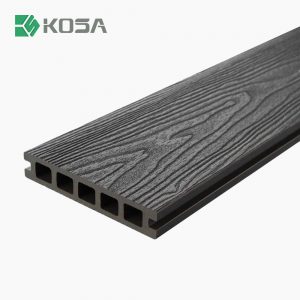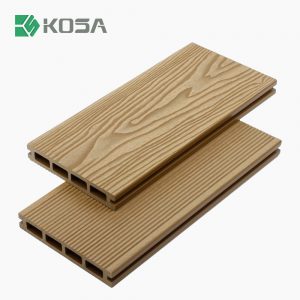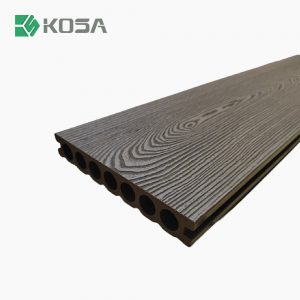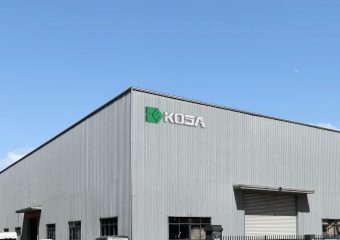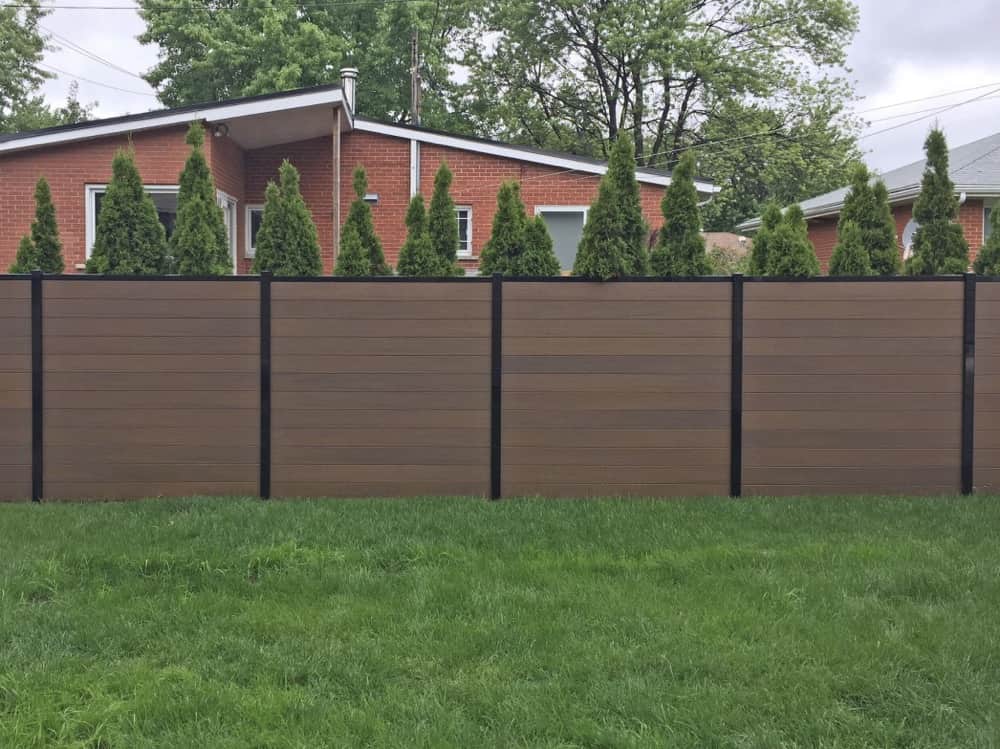
WPC (Wood-Plastic Composite) fencing panels are gaining popularity due to their durability, Eco-friendliness, and aesthetic appeal. If you’re considering WPC fencing for your property, here’s everything you need to know:
1. What Are WPC Fencing Panels?
WPC fencing panels are a blend of wood fibers (often from recycled wood) and plastic materials (usually recycled). This combination results in a material that mimics the natural appearance of wood but with enhanced durability and low maintenance requirements. WPC panels are typically used for residential, commercial, and industrial fencing applications.
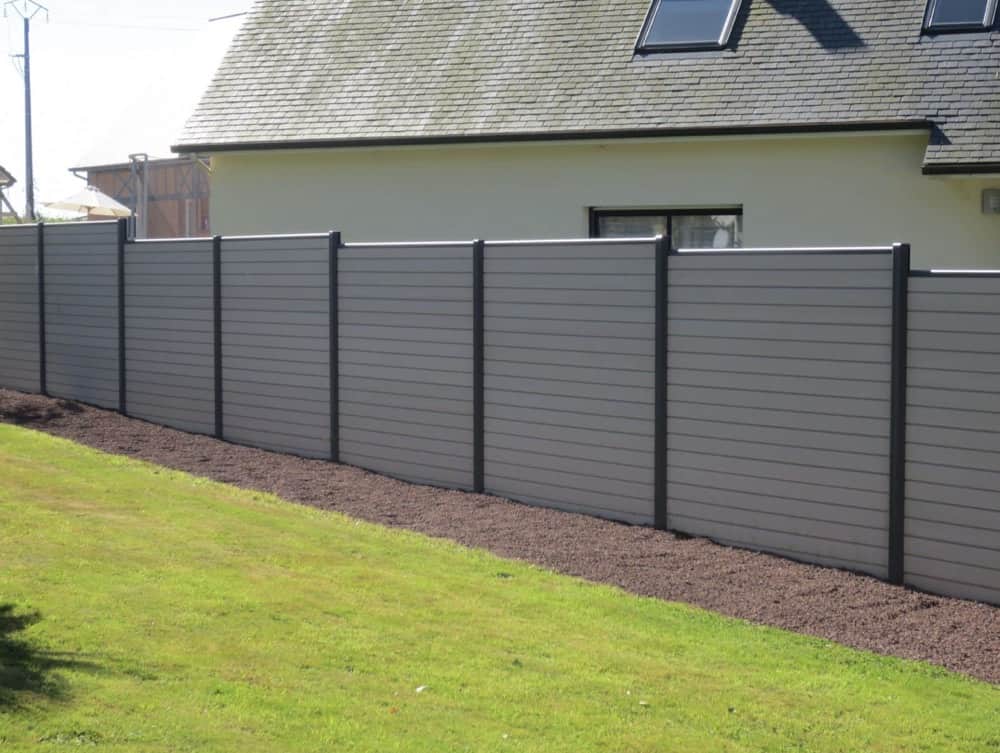
2. Key Benefits of WPC Fencing Panels
Durability: WPC panels are highly resistant to environmental damage, including weathering, rot, and insect infestation. Unlike traditional wood, they do not crack, warp, or splinter over time.
Low Maintenance: WPC requires minimal upkeep. There’s no need for regular painting, staining, or sealing. Occasional cleaning with soap and water is enough to keep them looking fresh.
Eco-Friendly: WPC panels are made from recycled materials, helping to reduce the need for virgin wood and minimizing waste.
Aesthetic Appeal: Available in various colors, textures, and designs, WPC panels offer the look of natural wood without the maintenance hassles.
Long Lifespan: Thanks to their resistance to environmental wear, WPC panels tend to last longer than traditional wooden fences, making them a cost-effective investment over time.
3. Installation Process
WPC fencing panels are designed for easy installation. They are often available in pre-fabricated sizes, making it simple to align and secure to posts. Installation typically involves attaching the panels to either wooden, steel, or concrete posts using brackets or screws. WPC panels can also be cut to fit custom dimensions, making them versatile for various layouts.
4. Design Options
WPC fencing panels come in a variety of patterns, colors, and finishes to suit different styles and preferences. Kosa provide classic wpc fence panels, 3D embossed WPC fence panels and Co-extrusion fence panels. You can choose from traditional wood-like designs with embossed textures, modern and sleek styles, or even decorative paneling with unique patterns. Some panels also have UV-resistant coatings to prevent color fading over time.

5. Environmental Benefits
WPC panels are a sustainable choice, as they incorporate recycled wood fibers and plastics. This reduces the demand for new raw materials and diverts waste from landfills. By choosing WPC fencing, you contribute to a circular economy and reduce your environmental footprint.
6. Cost Considerations
While WPC fencing panels may have a higher upfront cost compared to traditional wood, they offer long-term savings due to their minimal maintenance needs and extended lifespan. Since WPC fences do not need to be replaced as often as wooden fences, they can be a more cost-effective option over time.
7. WPC vs. Other Fencing Materials
WPC vs. Wood: WPC offers the natural look of wood but with greater durability and lower maintenance. Wood may look traditional but requires more upkeep and is prone to rot, termites, and warping.
WPC vs. Vinyl: Vinyl fencing is also low maintenance, but it lacks the natural appearance of WPC. WPC offers a more authentic wood-like texture and a broader range of design options.
WPC vs. Metal: Metal fencing is strong and secure, but it can rust or corrode over time, especially in humid or coastal environments. WPC provides weather resistance without the risk of corrosion, making it a good alternative.
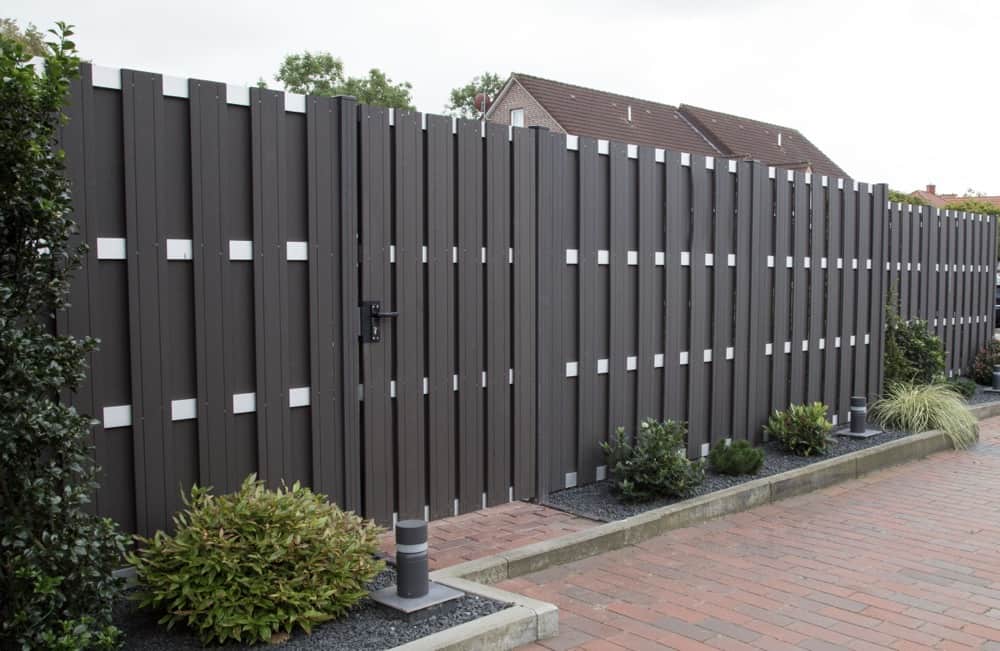
8. Maintenance Tips
WPC fencing panels are low-maintenance, but a few simple steps can help prolong their lifespan:
Regular Cleaning: Clean the panels with soap and water to remove dirt, dust, and debris.
Avoid Harsh Chemicals: Strong cleaning agents aren’t necessary for WPC panels. Mild detergents or water will suffice.
Check for Structural Integrity: Periodically inspect the screws, brackets, and posts to ensure they remain secure.
9. Common Uses of WPC Fencing Panels
Residential Fencing: WPC fencing adds privacy, security, and aesthetic appeal to backyards and gardens.
Commercial Properties: Many businesses use WPC fencing for its professional look, security, and low maintenance.
Public Areas: Parks, schools, and recreational facilities benefit from WPC fencing’s durability and eco-friendly qualities.
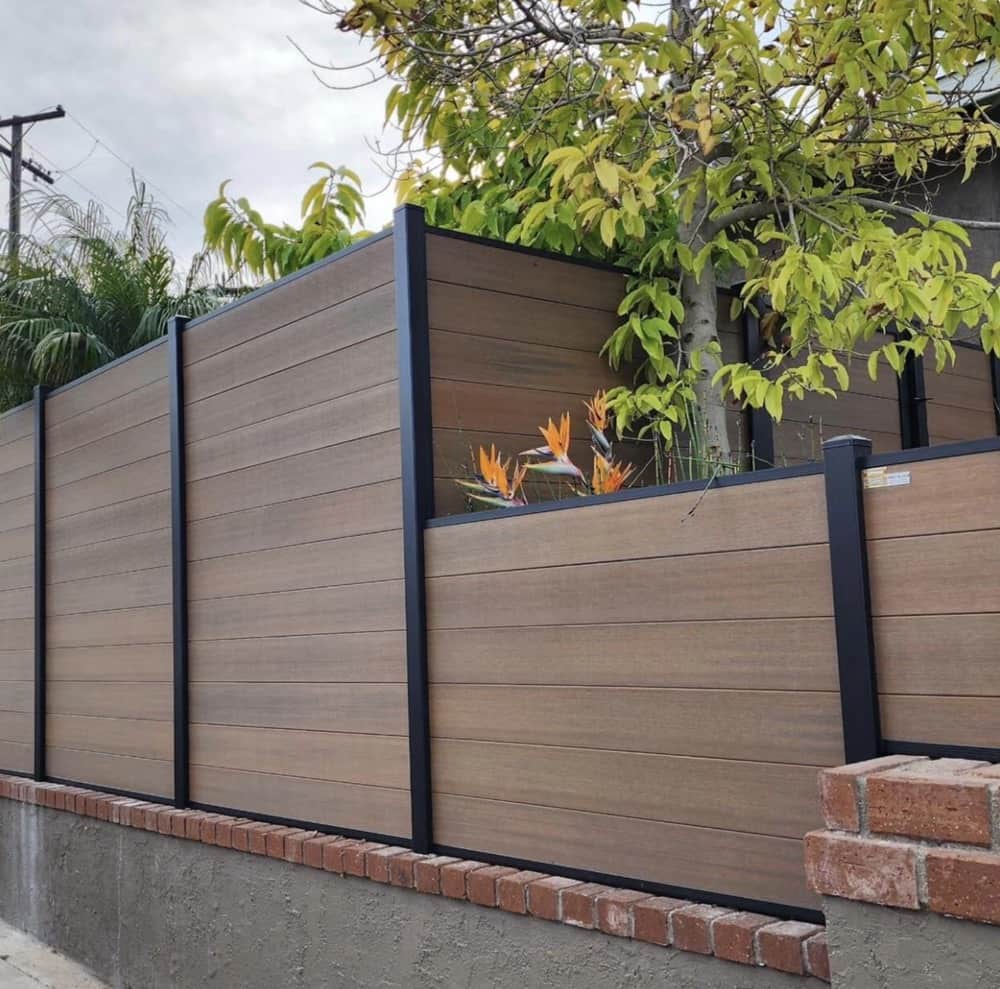
10. Where to Buy WPC Fencing Panels
WPC fencing panels are available through various suppliers, including home improvement stores, fencing specialists, and online retailers. Be sure to choose a reputable supplier that offers high-quality materials and a range of design options. Kosa, as a manufacturer of WPC fence panels with more than 14 years of production experience, always provides customers with high-quality WPC fence panels and related installation accessories. Welcome to contact us for inquiries.
Conclusion
WPC fencing panels offer a modern, eco-friendly solution for homeowners and businesses looking for a long-lasting, low-maintenance fence. Combining the beauty of wood with the resilience of plastic, WPC panels are an investment that will enhance your property while reducing the need for frequent repairs and replacements. Whether you’re prioritizing sustainability, aesthetics, or durability, WPC fencing is a great choice.

